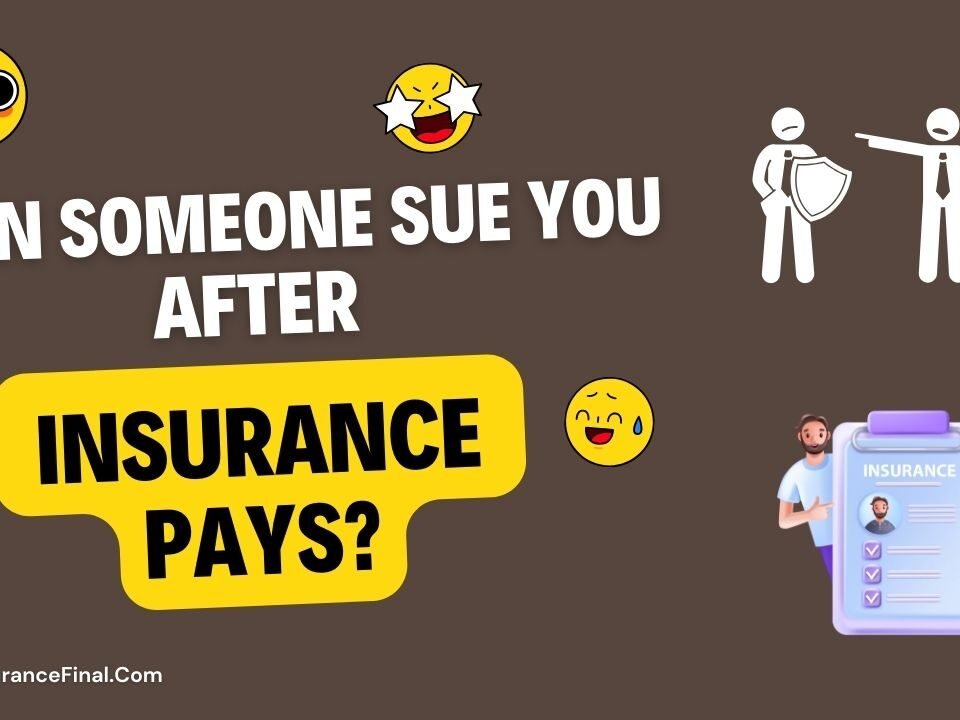Will Insurance Covers 20-25 Year-Old Roof in USA? Explained 2026

Can You File Insurance Claim Without Police Report in USA? Guide 2023
October 11, 2023
How Often Will Insurance Pay For a New Roof in USA? Full Guide 2026
October 11, 2023Insurance coverage for a 20-25-year-old roof in the USA may vary depending on your policy and the specific circumstances. Most insurance policies won’t cover the full replacement cost of an older roof unless it was damaged by a covered peril, such as a storm or fire. Regular wear and tear typically aren’t covered. It’s essential to review your policy and discuss your situation with your insurance provider for specific details.
How to Determine if Your Old Roof Is Covered by Insurance or Not?
Determining whether your old roof is covered by insurance can depend on several factors, including the type of insurance you have and the specific circumstances surrounding your roof’s condition. These steps may help you determine if your roof is covered:
1: Review Your Insurance Policy
Start by carefully reviewing your homeowners’ insurance policy. Look for sections related to “Dwelling Coverage” or “Structural Coverage.” This is where you’ll find information about what is covered, including your roof.
2: Check For Exclusions:
Look for any exclusions or limitations related to roof coverage in your policy. Some insurance policies may have specific exclusions for roofs that are older than a certain age, typically around 20 years. If your roof falls within this age range, getting coverage may be more challenging.
3: Assess the cause of damage
Insurance typically covers damage to your roof caused by specific perils, such as storms, hail, fire, or vandalism. If the damage results from a covered peril, you may be eligible for a claim. However, if the damage is due to wear and tear or lack of maintenance, it’s less likely to be covered.
4: Document the damage
If your roof has sustained damage, document it thoroughly with photographs or videos. Make sure to capture the extent of the damage and any potential causes, such as a recent storm. This documentation will be important when filing a claim.
5: Contact your insurance company
Reach out to your insurance company’s claims department to report the damage and initiate the claims process. Provide them with all the necessary information, including the date of the damage and the cause, as well as any documentation you have gathered.
6: Schedule an inspection
Your insurance provider might dispatch an adjuster to assess the extent of the damage. Be prepared to show them the documented evidence of the damage and the age of your roof. They will determine whether the damage is covered under your policy.
7: Understand your deductible
Remember that your insurance policy likely has a deductible, which is the amount you’ll have to pay out of pocket before your coverage kicks in. Ensure that you understand your deductible and how it applies to your claim.
8: Review the adjuster’s assessment
Once the adjuster has completed their assessment, they will provide a report detailing the extent of the damage and whether your policy covers it. Review this report carefully and ask questions if you have any concerns.
9: File a formal claim
If your insurance company approves the claim, follow their instructions to complete the claims process. This may involve obtaining estimates for repairs or replacements and submitting them for reimbursement.
10: Consider roof replacement
If your roof is older and the damage is significant, your insurance company may only cover a portion of the cost. In some cases, it might be more practical to consider replacing the entire roof, especially if it is nearing the end of its lifespan.
Don’t forget to check these guides:
- How Often Will Insurance Pay For a New Roof in USA? and Why?
- Does Home Insurance Cover Squirrel Damage in the USA? (Answered)
- Does Homeowners Insurance Cover Damage from Birds or Animals
- Does Homeowners Insurance Cover Carpenter Ant Damage
If you have any other related question in your mind, feel free to send us your details, our Insurance Final team will find the best possible insurance plan for your according to your needs and credit history.




